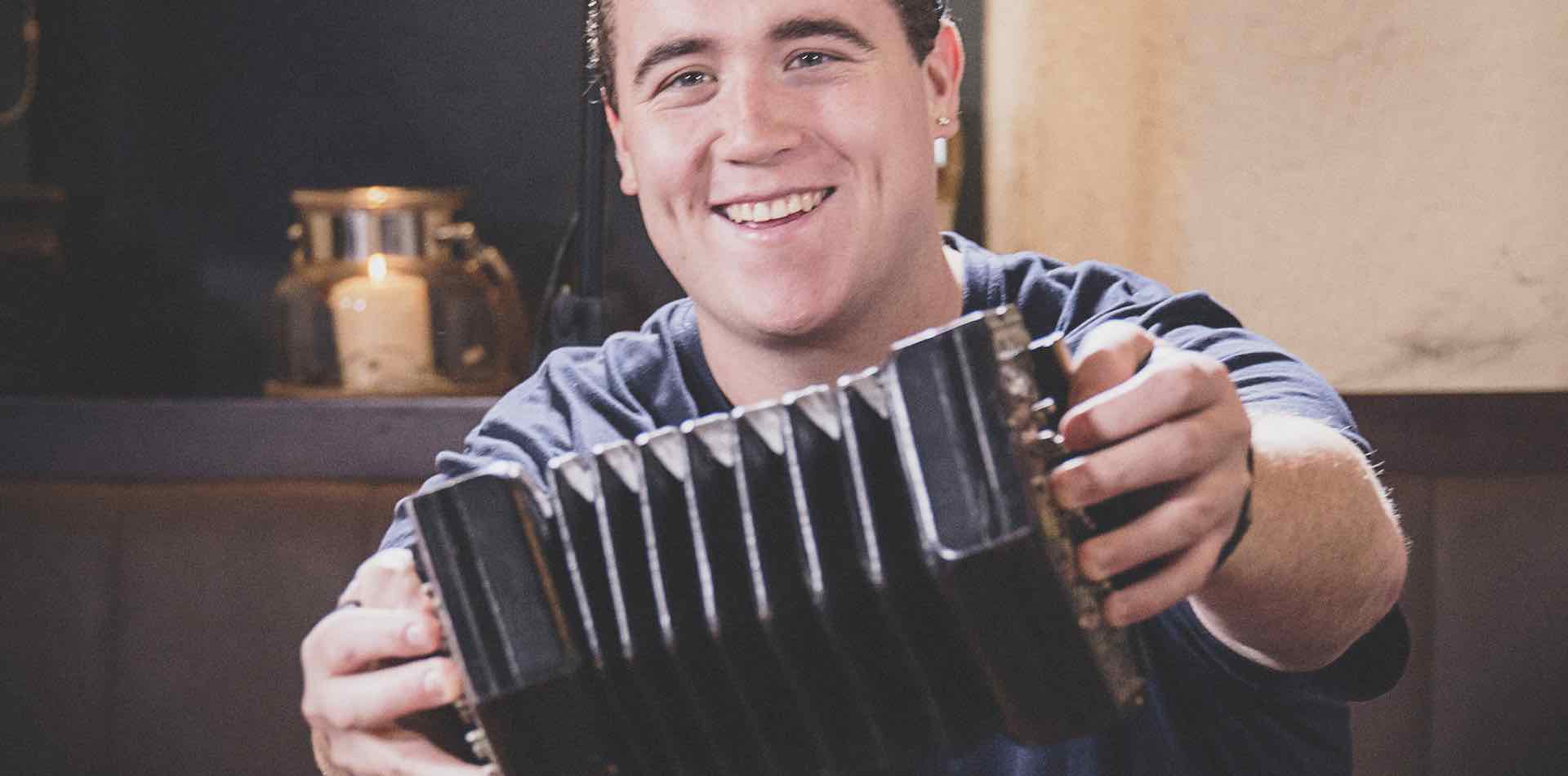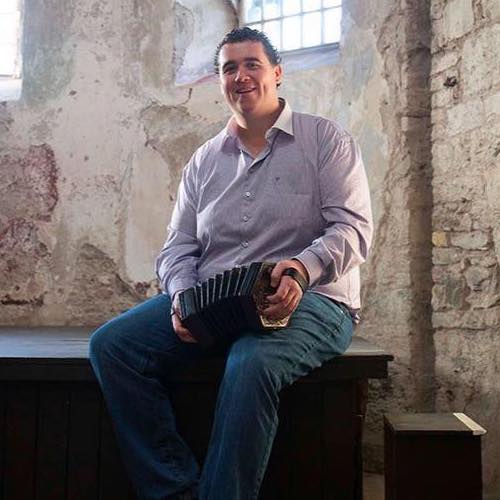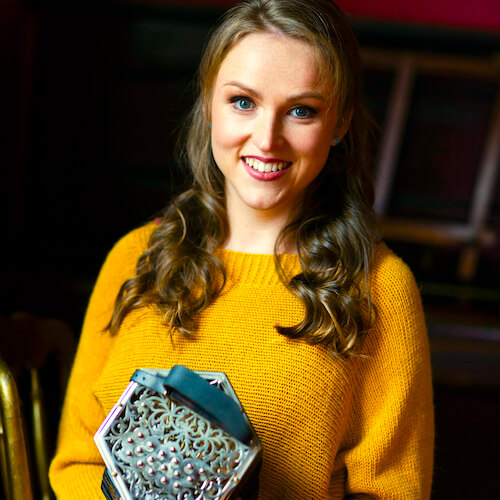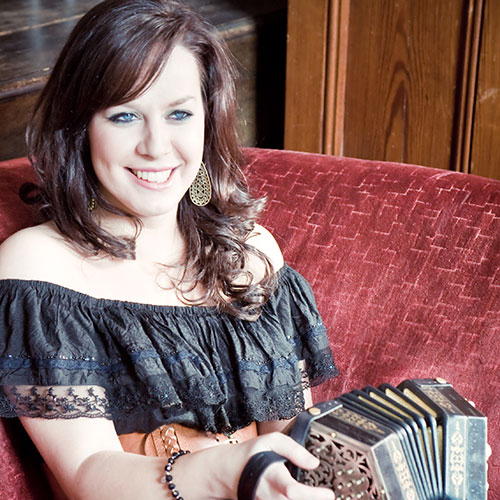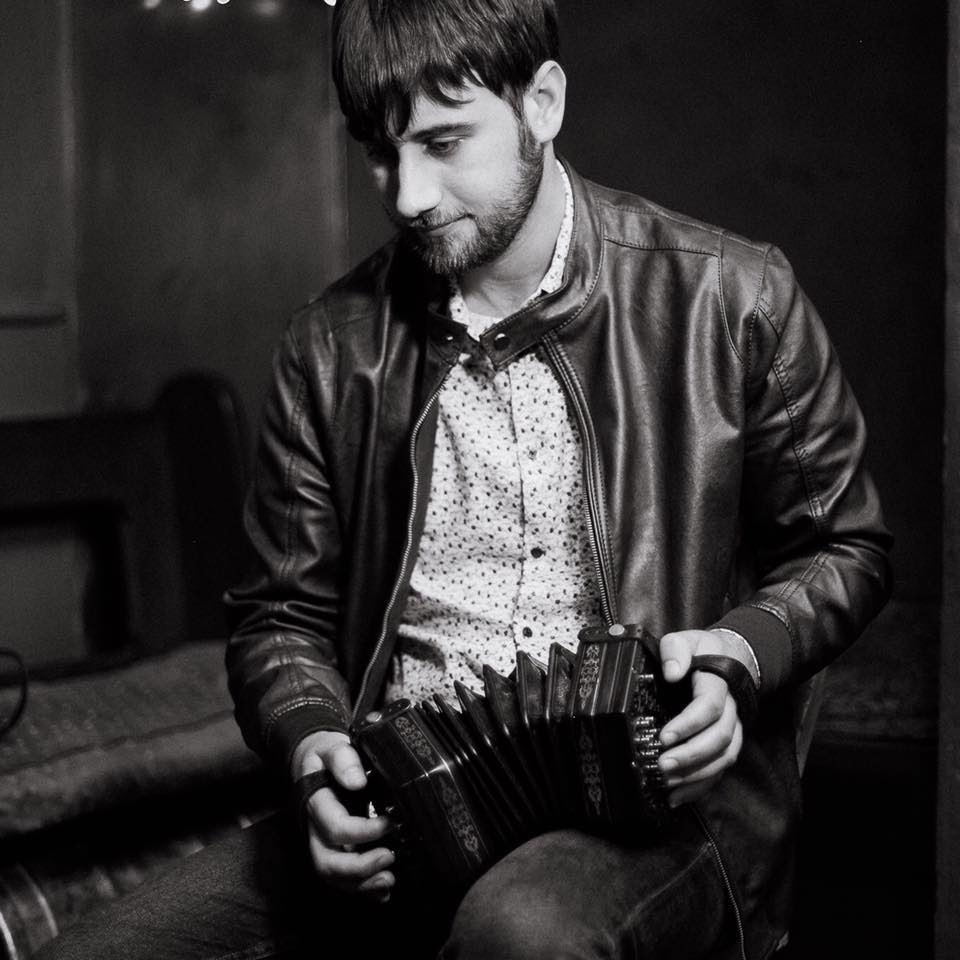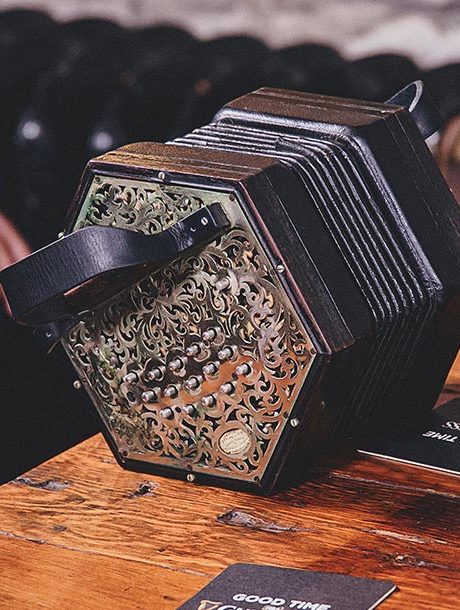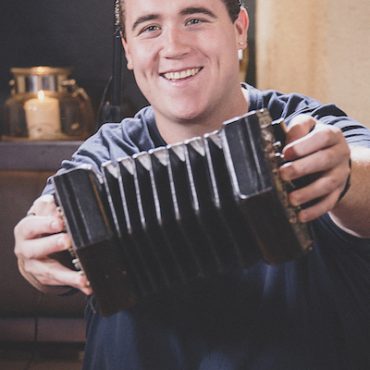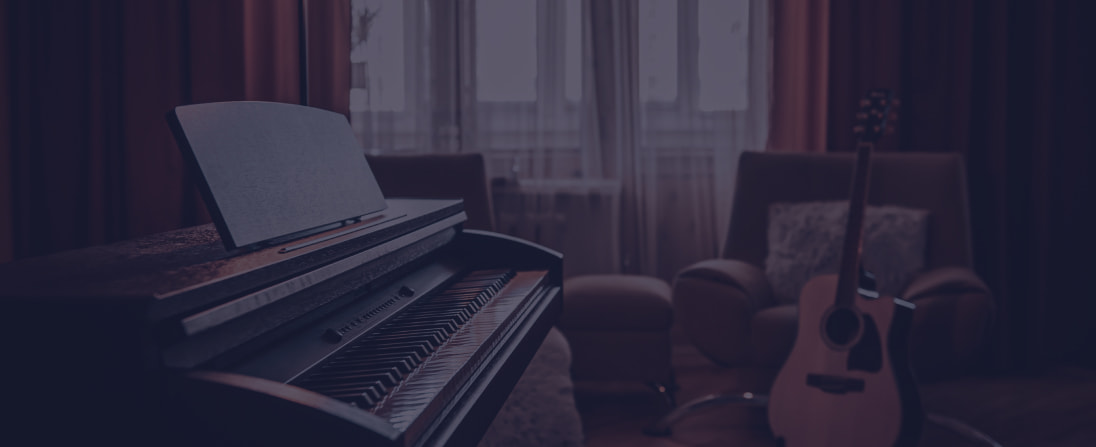Learn how to play the Concertina with our easy online lessons!
County Clare, home to OAIM, is renowned for its tradition of concertina playing. At one stage in the mid 1900’s, it was said that ‘almost every house [in Co. Clare] had a concertina’. (Tony Engle: Topic Records). Generations of players inspired later generations, who evolved and advanced the technical abilities of both players and the instruments.
Two of our concertina tutors are from Co. Clare: Edel Fox and Liam O’Brien. Both are revered exponents of traditional Irish concertina playing. We also have Caroline Keane, who was nominated for Folk Instrumentalist of The Year 2020 in the Irish Folk Awards. You couldn’t have better teachers to help you learn this amazing instrument!
Try it for free, Cancel anytime
- 18 lessons teaching how to play 13 very popular Irish tunes
- PDF sheet music & mp3’s to download & keep for each tune
- Progress at your own pace, pause & repeat videos
- Access to 14 instruments, 60+ courses, 1000+ tutorials
- Access on all your devices
- 14-day free trial. Cancel anytime
